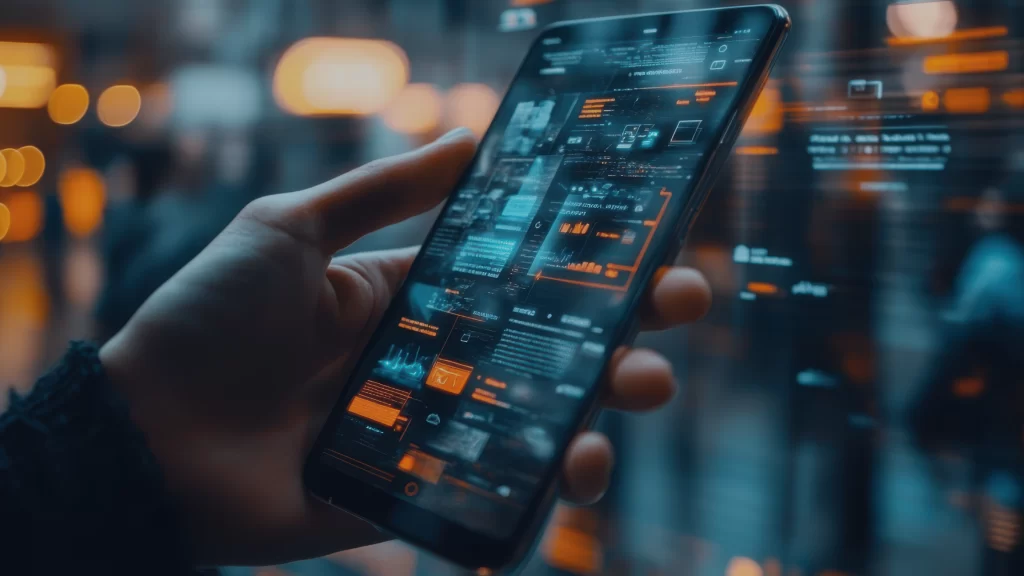Overcome encryption barriers, recover deleted messages, and ensure compliance in corporate litigation, regulatory audits, and internal investigations.
As mobile devices continue to dominate communication and data storage, legal and investigative teams are increasingly relying on the collection of mobile devices, particularly iOS and Android devices in eDiscovery matters. Traditional eDiscovery generally targeted Electronically Stored Information (ESI) on emails and document repositories. This approach is no longer sufficient when critical evidence is buried within messaging apps and cloud storage.
To meet these evolving challenges, innovative digital forensic tools from Oxygen Forensics can provide powerful solutions for collecting, analyzing, and preserving ESI from not only mobile phones but computers and IoT devices.
Explore the growing role of mobile forensics in eDiscovery processes and how Oxygen Forensics software empowers legal teams to uncover crucial evidence efficiently and defensibly.
The Growing Role of Mobile Device ESI in eDiscovery matters
With the rise of mobile-first communication, legal professionals must account for vast amounts of data from:
-
Text messages and call logs
-
Social media and messaging apps (Slack, WhatsApp, Telegram, Signal, etc.)
-
Cloud storage and backups
-
Location information and metadata tracking
What is ESI
Electronically Stored Information (ESI) includes any information created, stored or used electronically, including emails, documents, social media posts, and multimedia files. These data sources are critical in corporate litigation, regulatory compliance, and internal investigations. However, collecting and analyzing data from mobile devices presents unique challenges, such as location of the device, type of device, data preservation, and privacy regulations. This is where Oxygen Forensics proves invaluable.
Challenges with Mobile Device ESI and How to Overcome Them
-
Location of Endpoints
Remote collection capabilities save significant travel time and costs to collect devices for extraction.
-
Outlined and Governed Collections
Collecting only messages, calls, photos during time frames and between parties outlined and governed by the custodian.
-
Legal and Compliance Issues
-
Navigating regulations such as General Data Protection Regulation (GDPR), California Consumer Privacy Act (CCPA), and the Federal Rules of Civil Procedure (FRCP).
-
Ensuring proper consent and legal authorization before accessing mobile data.
-
Data Authenticity and Admissibility
-
Maintaining a forensically sound chain of custody.
-
Generating court-admissible reports with metadata preservation.
eDiscovery Best Practices
-
Early Case Assessment (ECA)
-
Identifying key mobile device data early in the discovery process to streamline legal strategy.
-
Collaboration Between Legal and Forensic Teams
-
Ensuring seamless communication between attorneys, forensic analysts, and IT teams.
-
Establishing clear workflows for data collection and review.
-
Maintaining a Defensible eDiscovery Process
-
Adhering to legal and ethical data collection standards.
-
Documenting findings thoroughly to preserve evidence integrity.
To continue reading the rest of the article, please visit the the Oxygen Forensics website.
Contact Granite Discovery to learn more about our services and how we can help you.
This article, “Mobile Forensics in eDiscovery: Leveraging Oxygen Forensics for Modern Investigations,” and the accompanying image were originally posted on the Oxygen Forensics website on 04/10/2025. The original article and image can be found here.



